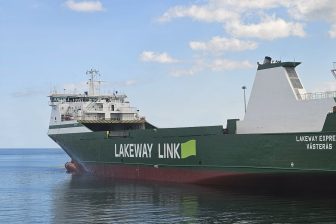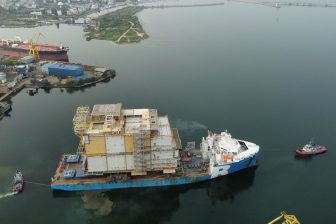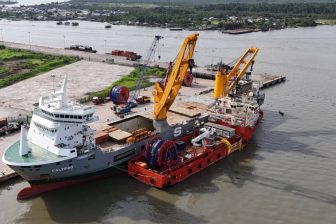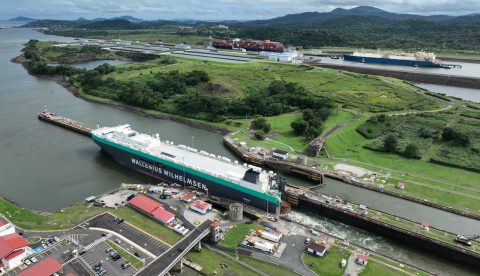
Severe draught restricts Panama Canal traffic
The Panama Canal, a crucial element of global shipping, is in crisis due to an unprecedented drought, which is casting shadows over trade dynamics and supply chains.
The Panama Canal, a significant 80-kilometre waterway that links the Atlantic and Pacific Oceans, has been operational since 1914. Sadly, the canal is currently facing a severe drought, leading to water levels falling to record lows last observed in 2016, Drewry said. The canal is an essential transit point for global trade, with roughly 13,000 vessels passing through it in 2022. Container ships and dry bulk carriers are the top two segments that utilize the canal.
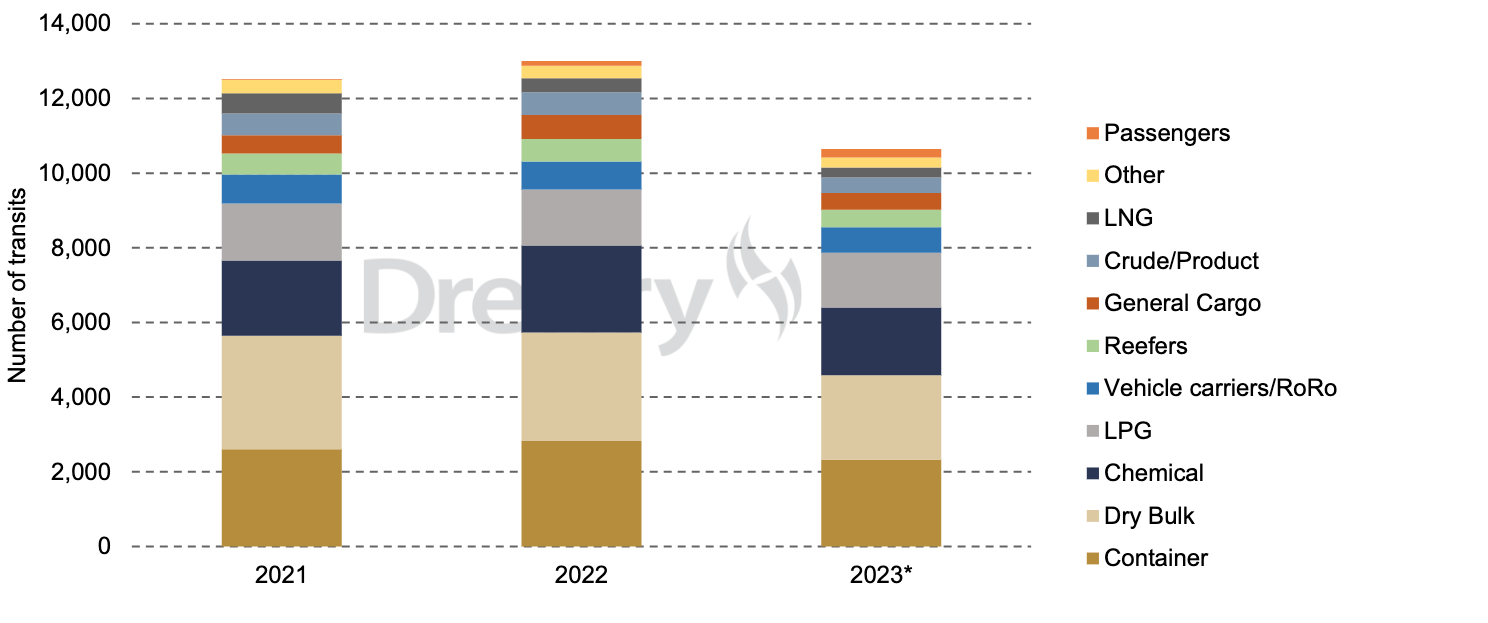
The consultancy further notes that the authorities are facing a challenge in replenishing the 50 million gallons of water that is discharged from the lake each time a vessel passes through the canal. This is due to the recent decrease in rainfall. To address this issue, they are exploring various solutions, including reducing the cargo capacity of ships, assisting vessels in maintaining appropriate draft levels, and implementing measures to minimize water loss from the lake.
To preserve fresh water in the Gatun Lake, which is also the only freshwater source for Panama country, the Panama Canal Authority imposed draft restrictions from May 24 at 45.5 feet, which was later revised to 44.0 feet for Neo-Panamax locks with water levels not improving and forecast to remain at five-year lows until October.
The Panama Canal Authority has also restricted the number of vessels transiting through the Panamax locks from the usual 23 slots to 14 slots – 10 large vessels and 4 regulars with premiums on heavier and larger ships. The imposed restrictions have increased the vessel backlog to a high of 162 vessels on August 8, with the average waiting time rising to over 20 days. As the holiday season approaches, the movement of merchandise will soon pick up, potentially leading to further congestion.
The current draft restriction of 44 feet is expected to remain so for the next ten months. The draft restriction will increase the number of vessel trips required to move the same amount of cargo, squeezing fleet efficiency. Another solution is moving on alternative routes, such as the Suez Canal and Cape of Good Hope, which will again increase transit time and hurt fleet efficiency.
All three situations – waiting at the Panama Canal, reducing the cargo level and moving on alternate routes – will tighten vessel availability, leading to increased freight rates, Drewry concluded.
You just read one of our premium articles free of charge
Register now to keep reading premium articles.


